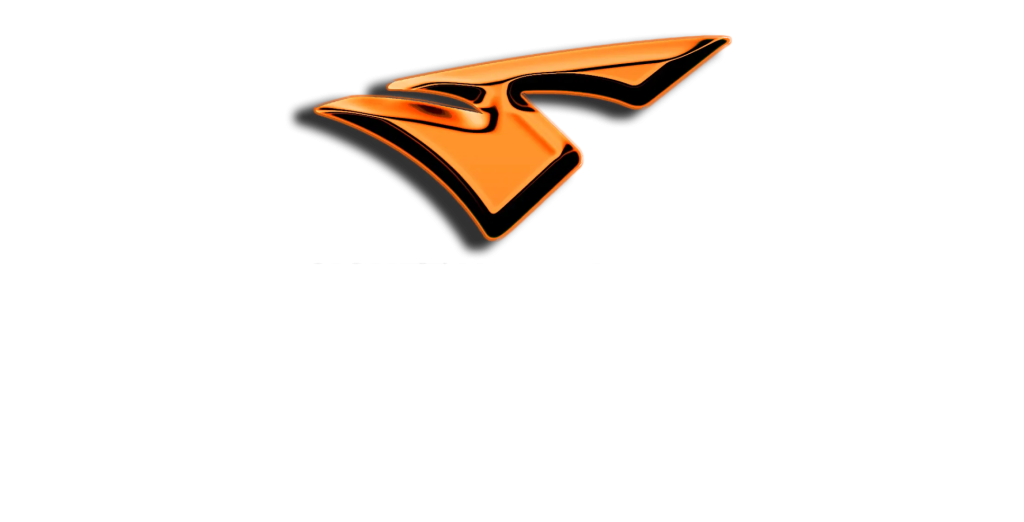In industrial environments, hazardous materials incidents can escalate within minutes, threatening lives, property, and the environment. The Incident Commander (IC) is the pivotal figure who ensures these emergencies are handled with precision, safety, and speed. Understanding how the IC operates during a hazmat response and what their duties entail, is essential for organizations committed to safety.
An Incident Commander is more than just a title. It is a responsibility that blends leadership, technical expertise, and real-time decision-making under extreme pressure. Whether it’s a chemical spill in a manufacturing plant or a vapor release in an industrial storage facility, the IC directs every element of the response. Through Industrial & Manufacturing Response Hazmat Training, professionals can develop the skills to assume this vital role effectively.
What Responsibilities the Incident Commander Holds
The IC’s responsibilities during a hazmat incident are vast and multifaceted. They must:
- Assess the Situation Quickly – Gathering immediate facts about the type, quantity, and spread of hazardous materials.
- Set Operational Objectives – Defining clear, achievable goals for containment, evacuation, and hazard mitigation.
- Direct Resources – Coordinating hazmat teams, emergency medical services, and environmental protection agencies.
- Ensure Safety Protocols – Protecting responders and the public through proper decontamination zones, PPE enforcement, and hazard monitoring.
- Maintain Communication – Serving as the central point for updates between on-site teams, command centers, and public officials.
This command structure ensures no confusion, wasted time, or duplicated efforts during high-stakes operations.
Why Industrial & Manufacturing Response Hazmat Training Matters for ICs
In the high-risk world of industrial operations, even minor errors in hazmat handling can have catastrophic consequences. Training ensures that Incident Commanders are not only familiar with safety regulations but also capable of making rapid, well-informed decisions.
Signet North America’s Industrial & Manufacturing Response Hazmat Training emphasizes:
- Hazard Identification – Recognizing different types of hazardous materials and understanding their specific risks.
- Incident Action Planning – Structuring a response plan that adapts to evolving conditions.
- Interagency Coordination – Working seamlessly with multiple emergency response entities.
- Post-Incident Analysis – Reviewing outcomes to improve future responses and reduce risks.
Such training equips leaders with the ability to turn chaotic situations into controlled operations.
Where the Incident Commander’s Role Is Most Critical
While every hazmat incident demands leadership, certain environments amplify the IC’s importance:
- Chemical Manufacturing Facilities – Where hazardous raw materials and byproducts are present daily.
- Industrial Warehouses – Especially those storing flammable, corrosive, or toxic substances.
- Petrochemical Plants – Where leaks, spills, or vapor releases can rapidly escalate into major disasters.
- Transportation Hubs – Rail yards, ports, and trucking facilities handling industrial chemicals.
In these high-stakes locations, the IC serves as the strategic decision-maker whose choices directly affect containment success and overall safety.
When Swift Action Saves Lives
Timing is everything in industrial hazmat response. From the first alarm to the all-clear signal, the IC’s ability to make decisive calls can mean the difference between minimal disruption and catastrophic loss.
For example, a prompt decision to initiate shelter-in-place protocols during a vapor release can protect hundreds of workers from exposure. Conversely, delaying evacuation orders during a fire involving hazardous materials could put lives at risk.
Industrial & Manufacturing Response Hazmat Training prepares ICs to act decisively within those critical first minutes.
Who Supports the Incident Commander
While the IC leads the operation, their effectiveness depends on collaboration with:
- Hazmat Technicians and Specialists – For hands-on containment and mitigation.
- Safety Officers – Monitoring responder safety and environmental hazards.
- Public Information Officers – Managing communication with the media and public.
- Operations, Planning, and Logistics Teams – Handling resources, mapping incident progress, and anticipating needs.
This interconnected structure ensures every decision is informed by expert input.
Advantages of Strong Incident Command in Hazmat Response
An effective Incident Commander can deliver significant benefits:
- Minimized Human Risk – Reducing injuries and exposure through well-coordinated safety protocols.
- Environmental Protection – Containing hazardous substances before they contaminate surrounding areas.
- Cost Reduction – Preventing extensive property damage and operational downtime.
- Regulatory Compliance – Ensuring that all response measures align with local, state, and federal safety regulations.
These advantages highlight why the IC is not just a procedural necessity but a cornerstone of successful hazmat management.
Practical Application in Industrial & Manufacturing Settings
In real-world industrial scenarios, the IC often faces multiple challenges simultaneously:
- Coordinating decontamination zones while ensuring uninterrupted communication.
- Managing resource shortages without compromising safety.
- Adapting plans when unexpected hazards emerge.
With Signet North America’s Industrial & Manufacturing Response Hazmat Training, leaders gain the ability to adapt rapidly while maintaining operational control.
Conclusion: The Long-Term Value of Skilled Incident Command
The role of the Incident Commander in industrial hazmat response extends beyond immediate crisis management. Their leadership shapes safety culture, influences preparedness planning, and builds confidence among workers and stakeholders.
By investing in comprehensive Industrial & Manufacturing Response Hazmat Training, organizations equip their leaders with the skills to navigate the most dangerous scenarios with clarity and confidence. In an industrial world where every second counts, a skilled IC is not just important, they are indispensable.

